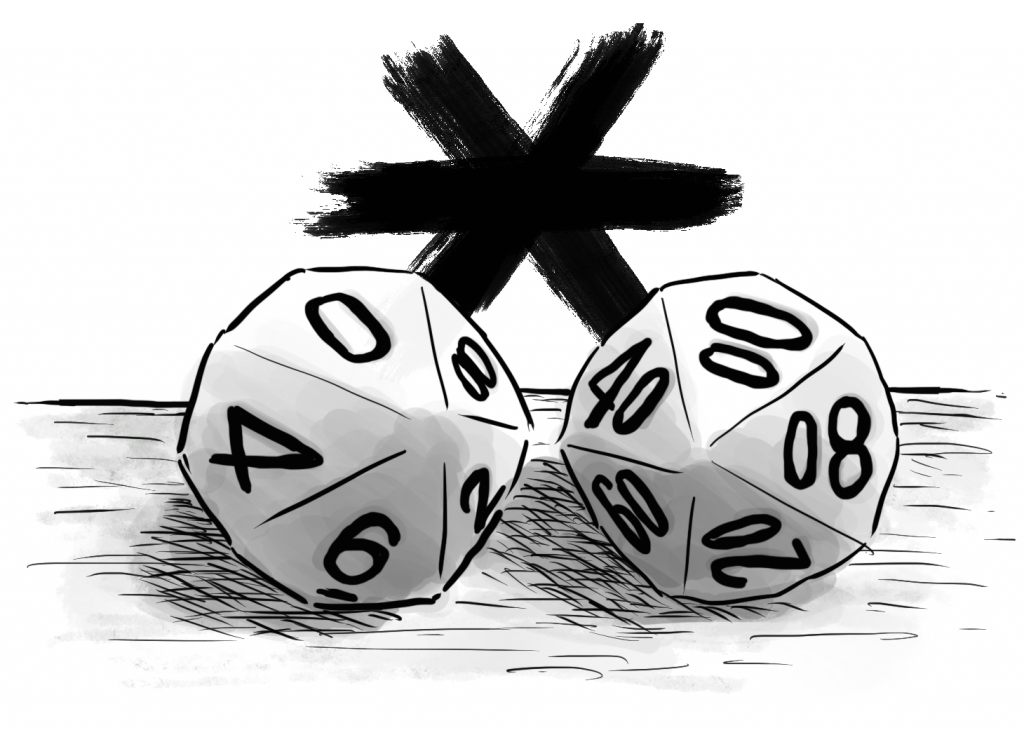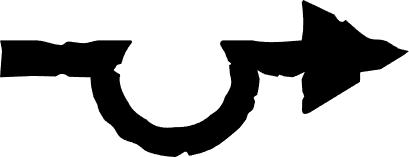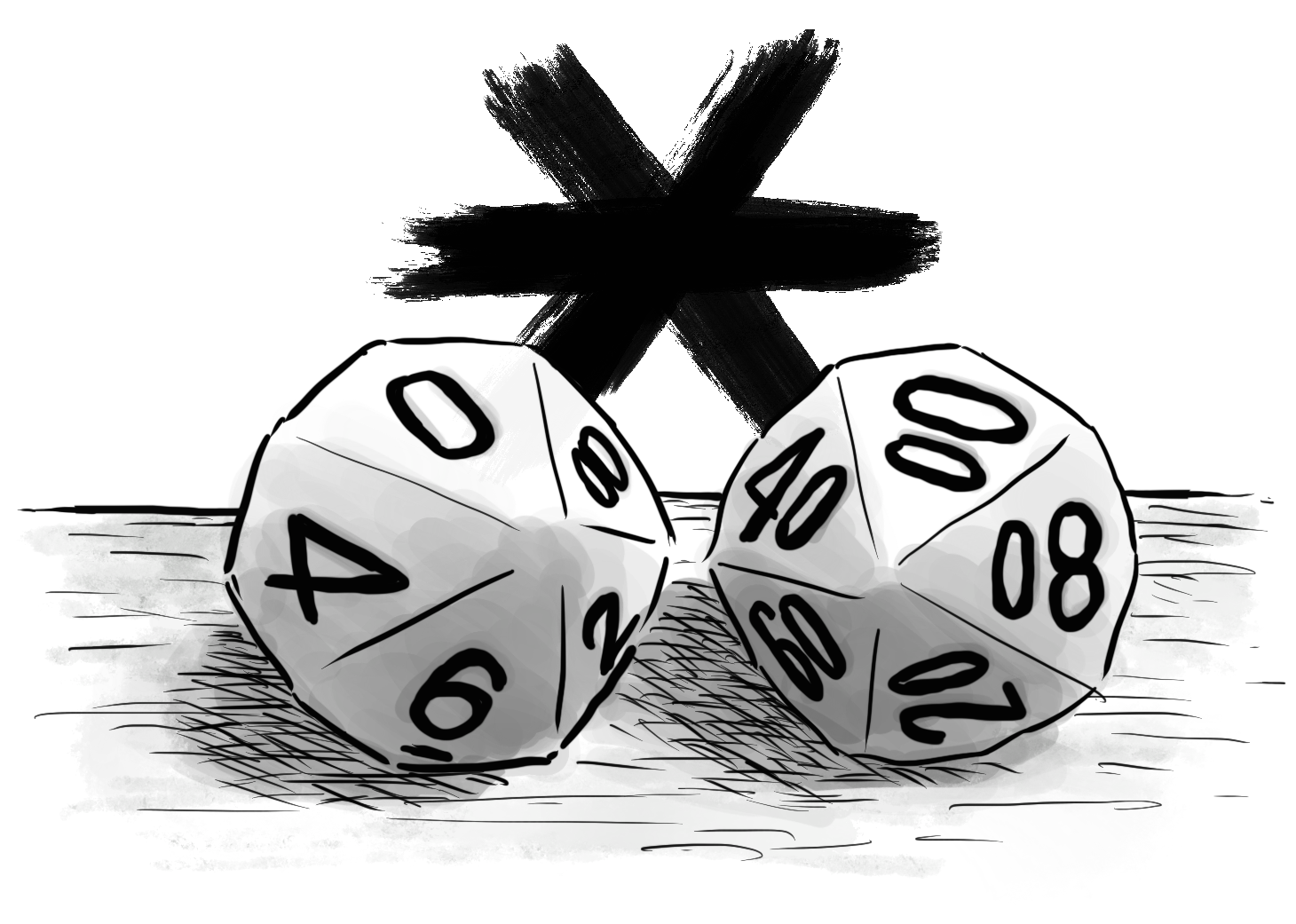
Runic Rants is an irregular series of thoughts, opinions, and experiments about RuneQuest.
Beer With Teeth’s Diana Probst posted a new article about world-building:
Recently, talking to one of my players, I came to a realisation about a new way I could build worlds. I tend to start with very loose factions, which are really more ideas about things that groups of people want. When I fill those in, I add people, and then things like their secret reasons why they are doing a thing, and their motivations. However, it occurred to me I could slice that banana a totally different way.
And since she ends the whole thing with a call for comments, let’s talk about slicing the world banana!
The Blank Slate
I generally approach a blank slate with both places and factions.
I start by drawing or finding a map, to get a sense of the area. If it’s a fantasy world or imaginary place, I try to put some interesting things on it (which potentially have nothing more than a sentence, or even just a name). If it’s a real place (such as when I do modern horror), I look up a handful of actual landmarks. Some of these places might have some secrets, but I keep it short or even undefined (“haunted cave here, but I have no idea what’s haunting it!”). There’s no point in working on something that the players might never encounter — in fact, I have a couple “places with a secret” on my map that, after a year and a half of gaming, haven’t shown up in play. Good thing I only had a few words for each.
Then I create factions, their rough agendas, and whether they occupy a certain space or are more diffuse or scattered. Again, this is really high-level, I don’t have much more than paragraph at most for each faction. If I’m feeling fancy, I come up with a few possible future events that will happen if the players don’t disturb things: where and when the factions will clash, and so on.
Add Elements As We Go
As the campaign goes on, I indeed slice the world banana different ways depending on what happens from one week to the next.
If the players are going to meet with some NPC we haven’t seen in a while (or ever), I figure out what happened recently with that NPC’s faction (and related factions). Hopefully the players will find that NPC in the middle of some emergency, or the emergency will pop-up while the PCs are there! Basically, if at all possible, I try to not make it look like NPCs are standing around doing nothing until the players interact with them: I try to give a sense that they move through a living world, and that everybody has their own business to take care of.
If the players are going through a new area of the map, I figure out what’s there. Maybe I had material, maybe I didn’t. But as the players go there, I again try to make it look like someone or something has been living there. In fact, this is exactly what happened with my latest Jonstown Compendium item, Bog Struggles. The players wanted to avoid some Lunar bounty-hunters who were patrolling the main roads, so they crossed through a marshy area that I had originally put on the map. The extent of my notes for the area was “Newtlings?”. Yeah. And since it had also been a couple sessions since the last fight scene, I figured I would put those newtlings in the middle of some kind of crisis that required pointy things being waved around. If we had had combat scenes in the previous sessions, I would have instead designed an episode focused on trading or negotiation or something, and Bog Struggles would have come out completely differently!
Of course, because I hadn’t really thought of this newtling community much before, there is some retroactive world-building that unfortunately needs to happen. I mentioned that the player characters have indeed seen newtlings come to the city, or travel through their lands, on occasion throughout the years. Maybe if I had prepared this area of the map more in-depth from the beginning, one of the characters would have had some pre-established history with the newtlings. But that’s fine. If a character is a fisherman, or is known to belong to a family of fishermen, then we can do some quick flashback or simply state that they indeed know a bit about this newtling community. Otherwise, anybody else can roll Homeland Lore to see what they know. The merchant of the group might augment with Bargain because he might have done some trading with the newtlings.
Finally, sometimes secrets show up just because it sounded like a cool or fun idea at the time. My players recently had a run in with some ogres, and even got semi-infected with “ogreness” for a while. They had face an avatar of Cacodemon in a heroquest to get free of their Chaotic taint (using the Chaotic rules from A Short Detour, of course!) But then they stumbled on a possible secret that their tribe’s ancestors were cannibals during the Great Darkness (“hey, there was nothing else to eat at the time, you don’t know what it was like!”). Does this mean that half the people on the tribal ring are ogres? Maybe?! I don’t know, I’m figuring it out as we speak, and I really, really like what I’m finding out!
That’s why GMing is fun, people. You can slice the world banana any way you like, but it will always be fun as long as you mess with your players.

As far as I’m concerned, retro-actively fitting world-building and character background elements into the campaign is a fair trade-off for avoiding having the gamemaster do too much (or any!) preparation, and being able to improvise as we go, which means that the world is better tailored to the narrative needs of the campaign. Sometimes I mess up, sometimes maybe it feels a bit forced, but I learn from my mistakes and keep on going!
If you have any comment about this Runic Rant, or some ideas for a future installment, please send them to us!


